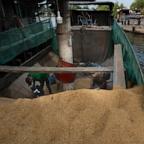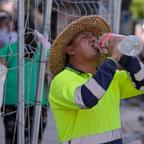Watch billions of tons of ice collapse at once: How climate change is impacting Greenland's glaciers
A Reuters photographer went to Greenland and what he saw will blow your mind.
Perched on a cliff above Greenland’s Helheim glacier, I tried calling my wife in New York on a satellite phone. Before I could leave a message, an explosion broke the arctic silence.
More explosions followed.
I ran across a muddy tundra to a video camera on a tripod overlooking the glacier and ripped off the trash bag I had used to protect it. I hit record as fast as I could focus.
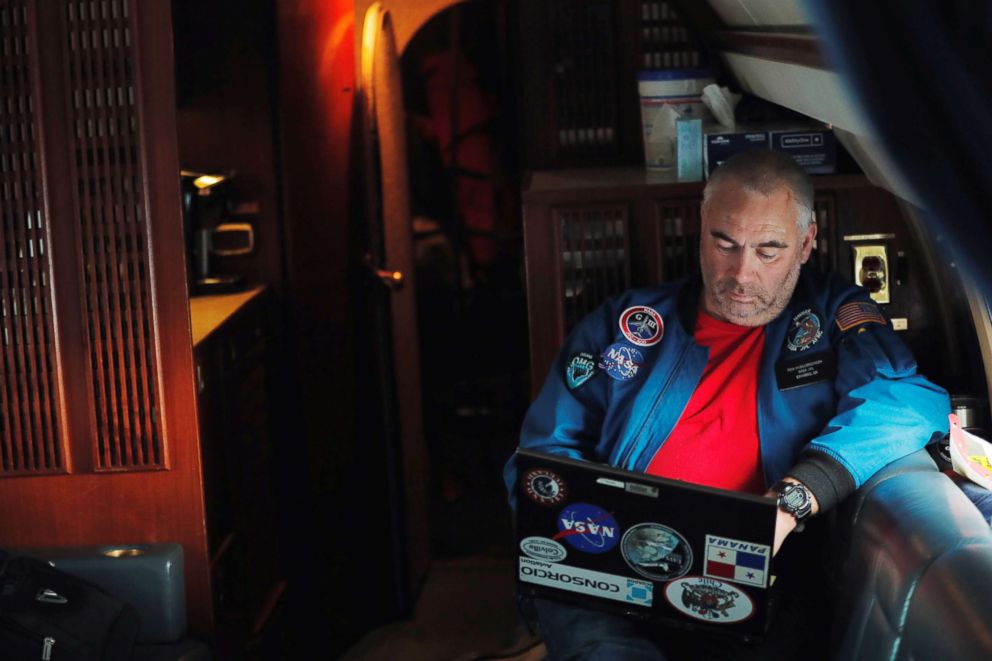
The popping sounds morphed into a low rumble. Over the next half hour, the ice broke apart and a four-mile wide chunk tumbled into the sea in a process called calving - one rarely witnessed on this scale.
As a Reuters photographer, I have captured erupting volcanoes, the aftermath of hurricanes and tornadoes, and war, but I have never felt so small. It was a poignant end to a months-long project examining climate change in Greenland.
For both journalists and scientists, climate change is difficult to document...That's why it was so overwhelming to watch billions of tons of ice collapse at all once. Suddenly it didn’t feel like a small or distant problem.
The idea was to follow scientists conducting climate research. They have had the computational power to understand global warming for only a few decades, and the numbers are sobering. But where does the data come from?
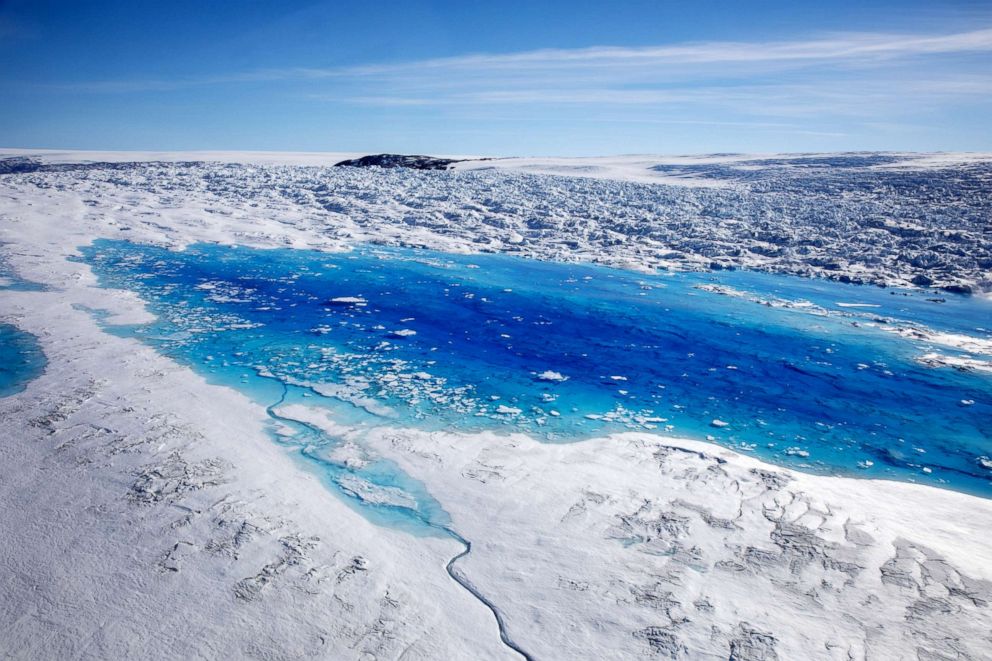
To find out, we turned to a team of scientists flying out of Iceland affiliated with a National Aeronautics and Space Administration (NASA) project named Oceans Melting Greenland. They aim to understand how warming oceans are melting the island’s ice from below.
We also spent time with New York University (NYU) oceanographer David Holland, who was there on a separate research project and also witnessed the Helheim glacier calving.
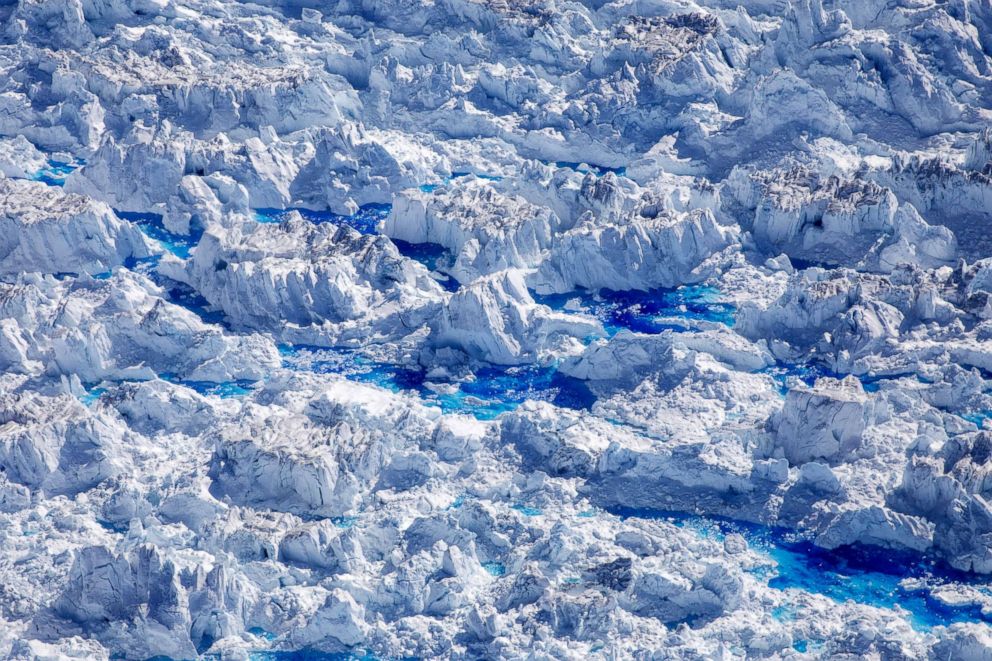
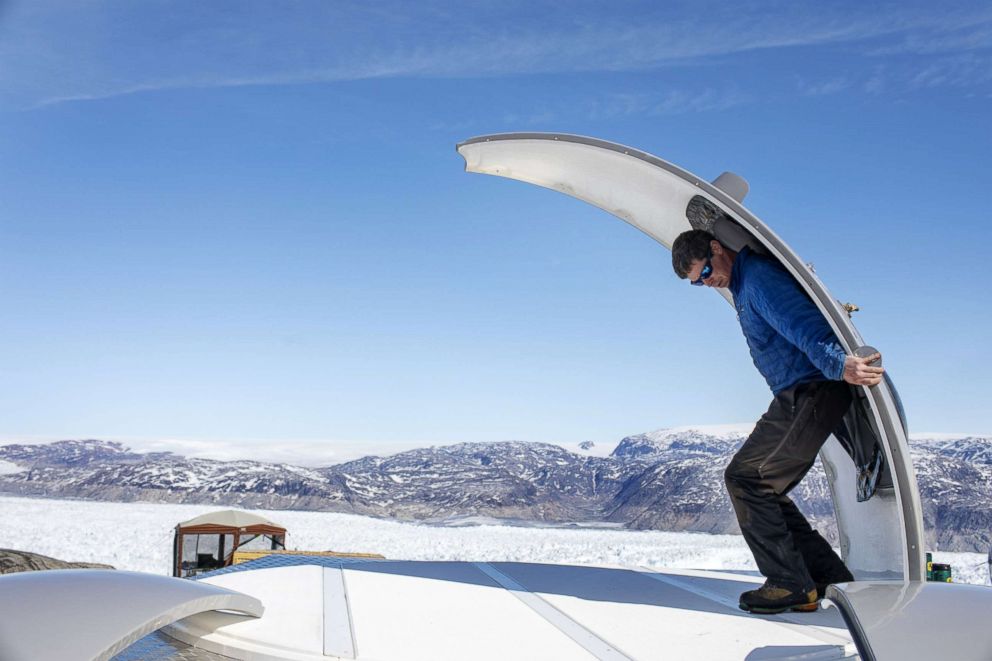
I realized the scale of this work while aboard a NASA research aircraft with principal investigator Joshua Willis and other scientists, at 40,000 feet (12,192 metres), as we looked out at the seemingly infinite white horizon of the Greenland ice cap.
The plane banked and looped above the craggy cliffs and rock faces of Eastern Greenland that are slowly being ground to dust by immense glaciers.
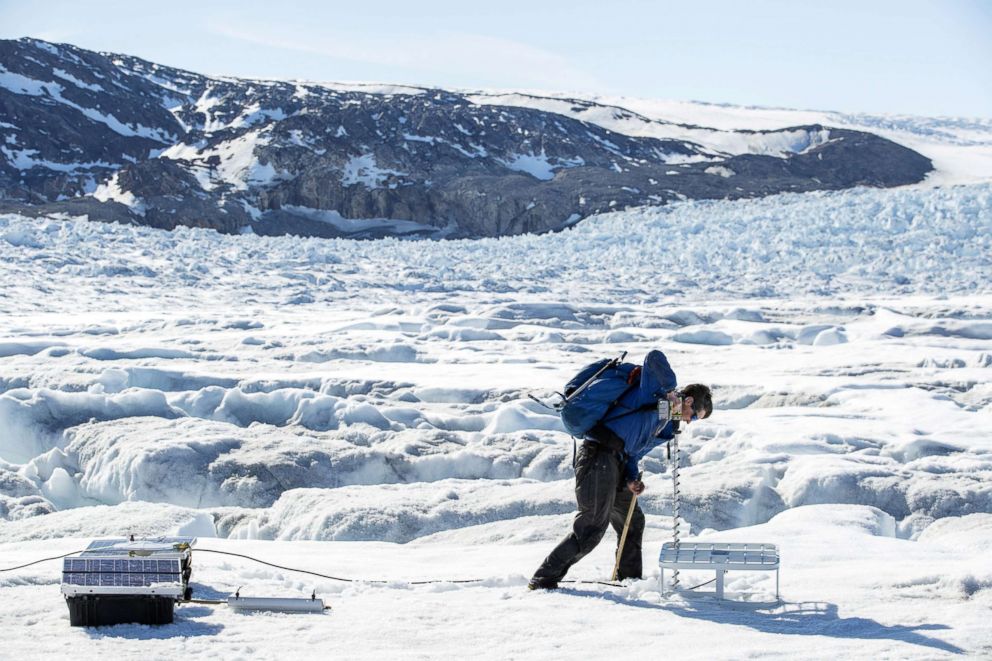
I joined the NASA team for a week in March in Keflavik, Iceland. Each day we took off from icy runways and flew over Greenland's coast, as scientists Tim Miller, Ron Muellerschoen, and David Austerberry collected a seemingly endless stream of numbers, symbols, and letters on their computers from radar data on glacier formations.
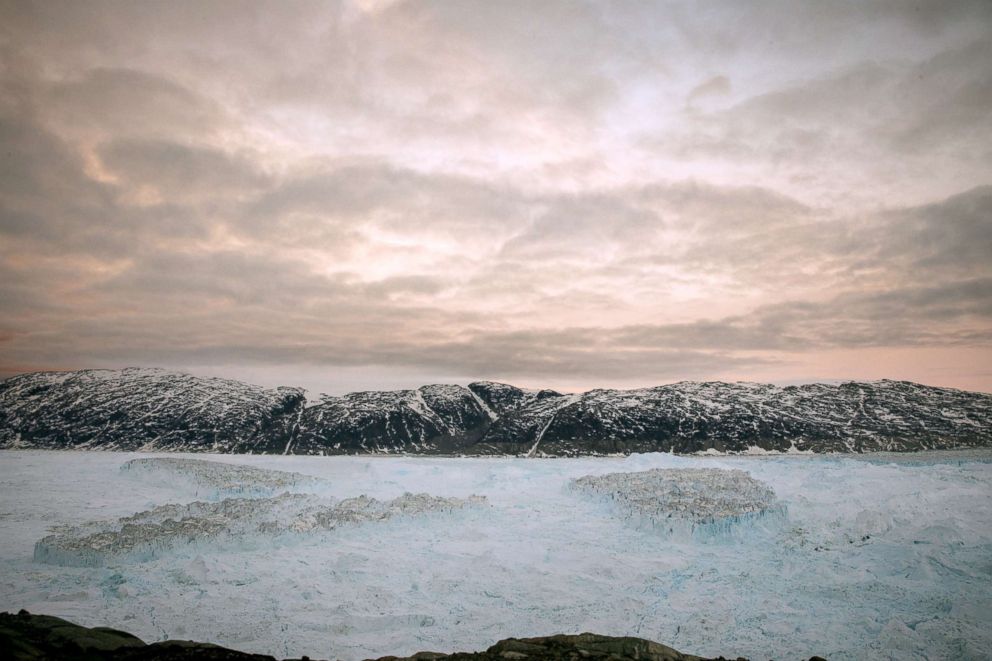
NYU's Holland has been studying Helheim and another glacier named Jakobshavn for more than a decade.
This June, I went along as he visited the Helheim glacier, near the seaside village of Tasiilaq, with a population of about 2,000. It had remarkably managed to become something of a tourist destination, an accomplishment with just two hotels, both of which sometimes serve whale meat.
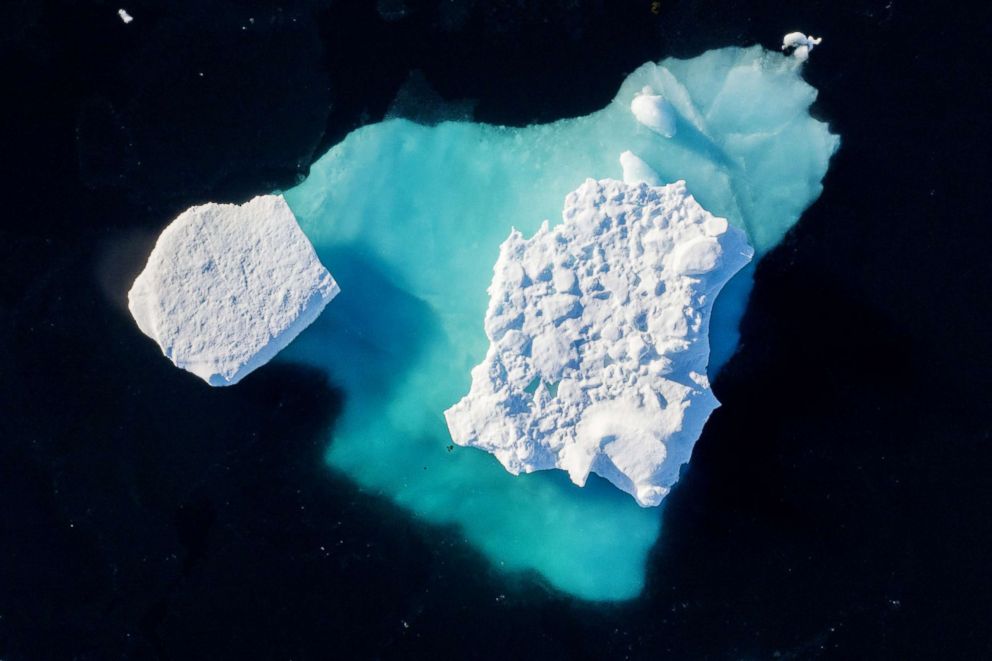
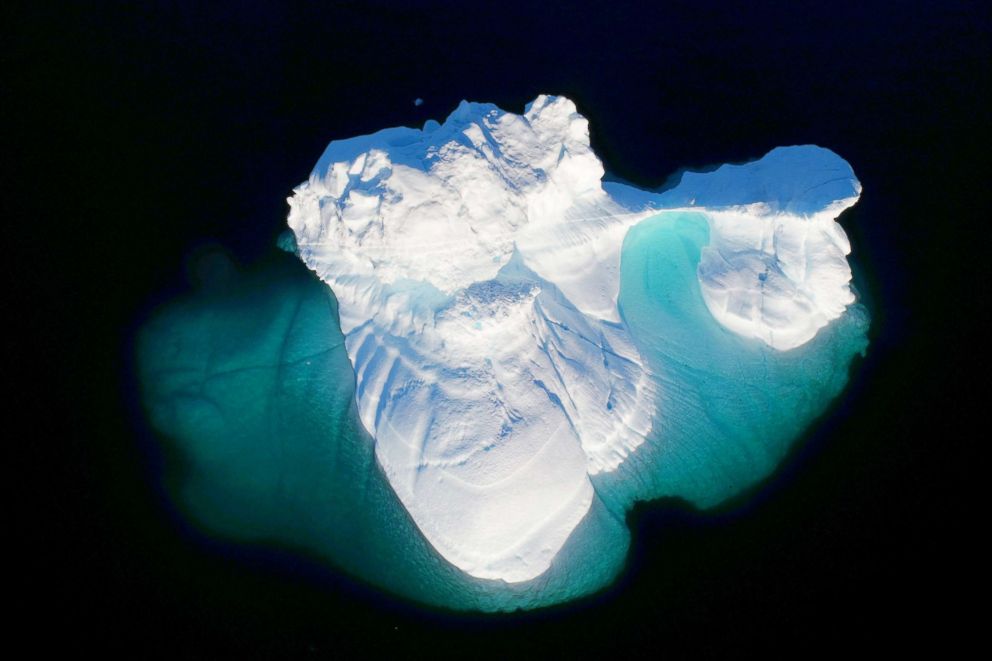
Transportation here is limited to boat or helicopter in the summer and dog sled in the winter. In the summer, the sun sets for only a couple of hours each day.
Holland gathered data on seismic activity, temperature and wind, along with time-lapse pictures.
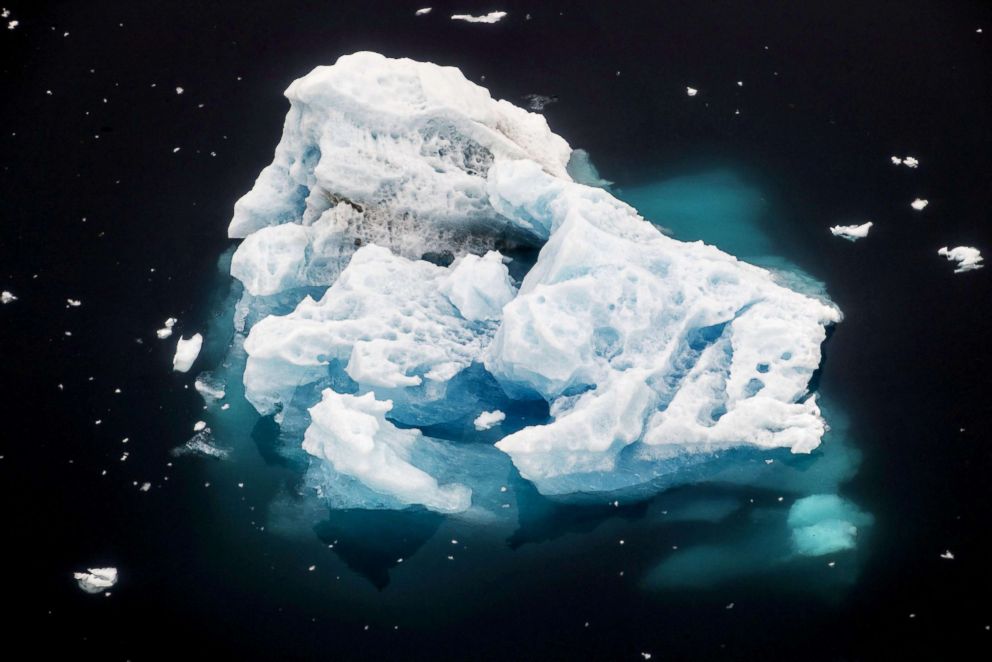
For both journalists and scientists, climate change is difficult to document. It most often happens imperceptibly - a tenth of a degree increase in temperature, a few less inches of rain, a slowly melting ice sheet.
That's why it was so overwhelming to watch billions of tons of ice collapse at all once. Suddenly it didn’t feel like a small or distant problem.
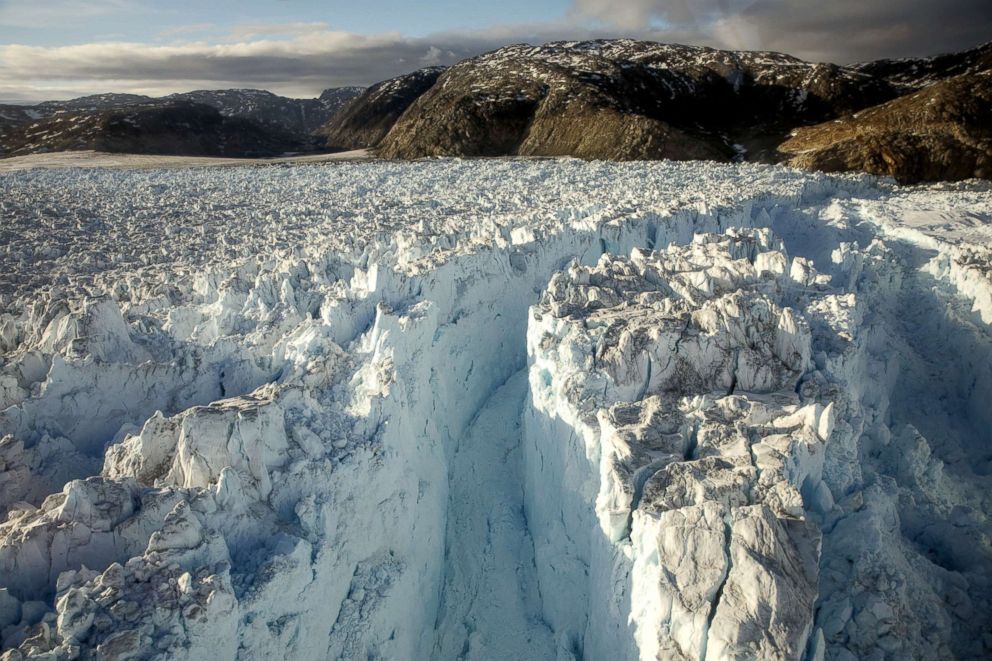
Perspective by Lucas Jackson
